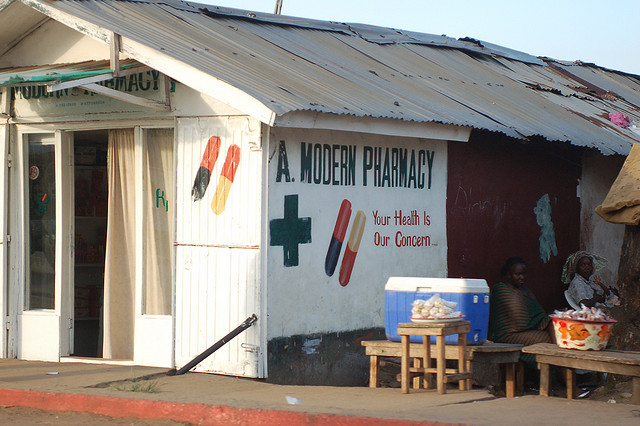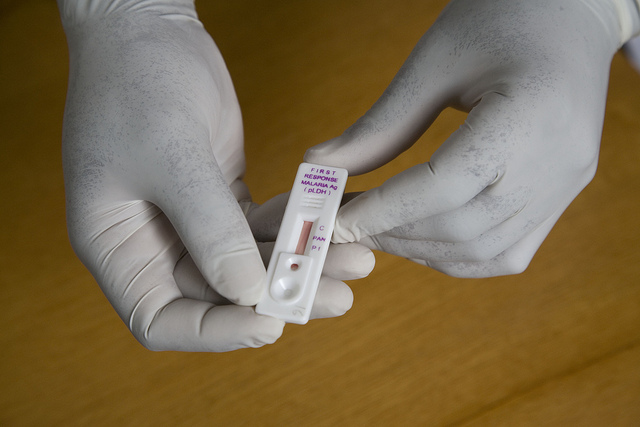QUESTION
What are some traditional treatments for malaria?
ANSWER
Many different cultures have had their own traditional ways of treating malaria. Perhaps the two best known come from the native tribes in the Western Amazon basin and the ancient Chinese.
Tribes in the Amazon used the bark of a shrub called Cinchona to treat fevers and shivering; Spanish priests in this region observed traditional Quechua healers using this bark and started using it themselves to treat the fevers associated with malaria. Many centuries later, the active ingredient from this bark was isolated and called quinine, which is still used in the treatment of malaria today.
In ancient China, traditional healers would use the plant sweet wormwood (Artemisia annua, to give it its full Latin name), also to treat fevers and the symptoms of malaria. For many hundreds of years, this traditional cure was forgotten about, until the 1970s when a concerted effort led by Mao Tse-Tung began to search for new anti-malarial compounds as part of their Vietnam war effort. Their scientists, led by Dr Youyou, re-discovered sweet wormwood and extracted a potent anti-malarial compound from it, called artemisinin. This compound and and its many derivatives, in the form of artemisinin-based combination therapies (ACTs), are now the mainstay of the World Health Organization’s first-line recommended treatment against uncomplicated malaria.

